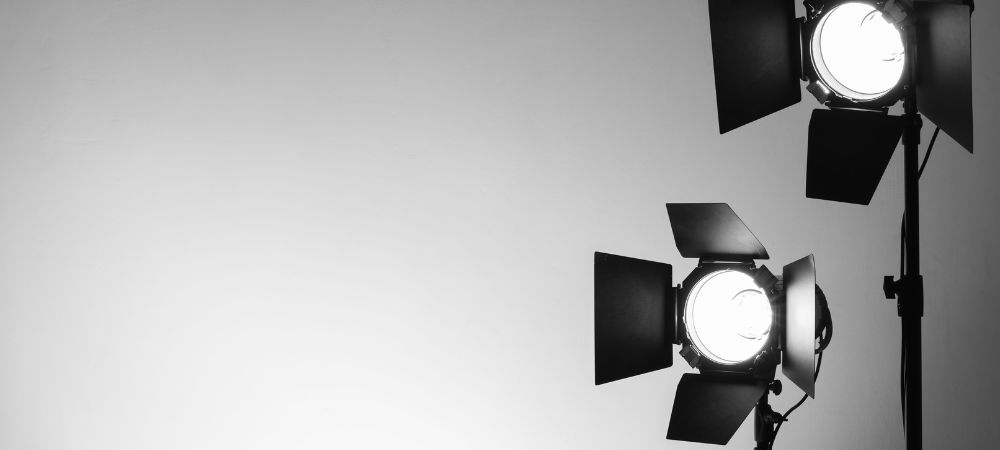

Choosing the Right Camera and Film for Developing Process
When it comes to diving into the world of photography, selecting the right camera and film for developing process ain't as easy as one might think. Oh no, it's a bit more intricate than just grabbing any ol' camera off the shelf and hoping for the best results. You've gotta consider a few key factors that could make or break your photographic journey.
First off, let's chat about cameras. Not all cameras are created equal, especially when you start talking about film versus digital. To find out more click on it. If you're leaning towards traditional film photography – which many argue has a certain charm digital can't quite replicate – you've got options like 35mm and medium format cameras. Each has its pros and cons; 35mm is more portable while medium format provides higher resolution but tends to be bulkier. And hey, don't forget about instant cameras if you're looking for that immediate gratification.
The choice of film is another biggie in this equation. You've probably heard terms like ISO thrown around – that's basically how sensitive your film is to light. Lower ISO films (like 100 or 200) are great for bright conditions where you want fine detail without much graininess, while higher ISO films (800+), though they can get pretty grainy, work better in low-light situations or if you're going for that gritty aesthetic.
But wait! There's more to it than just ISO. Different brands offer different color profiles and characteristics too. Kodak Portra is beloved by portrait photographers for its natural skin tones, whereas Fujifilm Velvia's rich saturation makes landscapes pop like nobody's business.
Now let's not kid ourselves: developing process plays an equally crucial role here too! Whether you're planning on doing it yourself at home or sending your rolls to a lab, knowing what chemicals you'll need and how they'll interact with your chosen film type matters a whole lot. Black-and-white films generally require different developers from color films; C-41 processing works with most modern color negatives while E-6 is used for slide films.
Oh boy! Don't even get me started on pushing and pulling film – techniques where you intentionally underexpose or overexpose your shots then compensate during development to achieve specific effects.
In conclusion (phew!), choosing the right camera and film isn't something you should rush through unless you're alright with so-so results-no offense intended! Take time researching what suits both your artistic vision and practical needs best before making any decisions because once those shutter clicks capture those moments… there's no turning back!
So go ahead folks: explore those options wisely 'cause afterall every photo tells a story only YOU can create!
Sure thing. Preparing for a Shoot: Essential Equipment and Accessories
When it comes to preparing for a shoot, ensuring you have all the essential equipment and accessories is really important. The developing process can be quite overwhelming, especially if you're not too familiar with what you need. But don't worry, we're here to help guide you through it.
First things first, let's talk about the camera itself. You don't need the most expensive model on the market – that's just a myth! A reliable DSLR or mirrorless camera will do just fine for most shoots. What matters more is knowing how to use your camera effectively. Make sure you've got extra batteries and memory cards; running out of either in the middle of a shoot is nobody's idea of fun.
Lenses are another crucial part of your kit. Different lenses serve different purposes, so it's good to have a variety on hand. A standard 50mm lens is versatile and great for portraits, while a wide-angle lens can capture stunning landscapes or tight interiors. If you're into wildlife or sports photography, don't forget your telephoto lens!
Lighting can make or break your photos, seriously. Natural light is fantastic when available, but trust me; there'll be times when you'll need artificial lighting as well. Softboxes and ring lights are lifesavers indoors. Reflectors? Absolutely essential for bouncing light onto your subject and reducing harsh shadows.
Tripods might seem like an afterthought until you're struggling with shaky hands during long exposure shots. They provide stability and consistency which is key in professional photography - no one wants blurry images! Alongside this, having remote shutters can prevent any accidental movements while capturing those perfect moments.
Let's not forget about props and backdrops if you're doing studio work or product shoots! Simple things like colored paper sheets or textured fabrics can add depth to your images without costing much at all.
Now onto something often overlooked but super important: maintenance gear! Cleaning kits including microfiber cloths, air blowers (not canned air), and sensor cleaning tools should always be in your bag – dust spots aren't just annoying; they ruin shots.
Lastly - believe me - insurance isn't glamorous but necessary! Accidents happen despite best intentions so covering yourself against theft/damage could save lots down line!
In conclusion (yep!), getting ready involves more than grabbing camera & heading out door! Proper planning ensures smoother workflow & better results overall.
The globe's most costly photo, "Rhein II" by Andreas Gursky, was cost $4.3 million in 2011.
Kodak, a major pioneer in the popularization of photography, was the initial company to introduce a cam for the masses in 1888, called the Kodak No. 1.
The longest photo unfavorable is 129 feet long and was produced using a panoramic camera on a moving train.
The first shade photo was taken in 1861 by James Staff Maxwell, the physicist popular for his operate in electromagnetism.
Preserving and Archiving Your Film Photographs
Oh, film photography!. There's just something so enchanting about capturing moments on film.
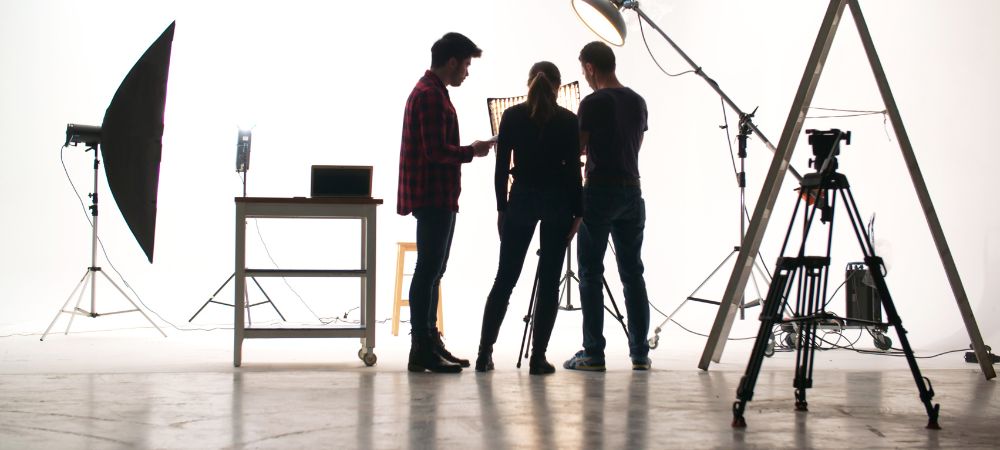
Posted by on 2024-06-28
Alright, so you're eager to learn how to transform your photos and discover the art of shooting with film?. Well, let me tell ya, it's not gonna be as easy as snapping a pic on your smartphone.
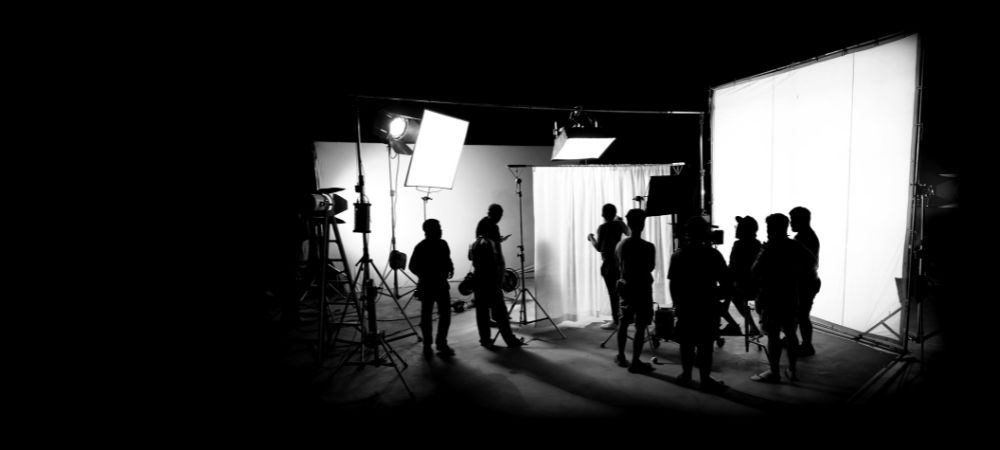
Posted by on 2024-06-28
The Resurgence of Film Photography in the Digital Age: Future Prospects and Sustainability in the Era of Digital Dominance
In an age where digital technology is king, it's kinda surprising to see film photography making a comeback.. It ain't what you’d expect when everyone’s carrying around high-tech smartphones capable of capturing perfect images at the touch of a button.
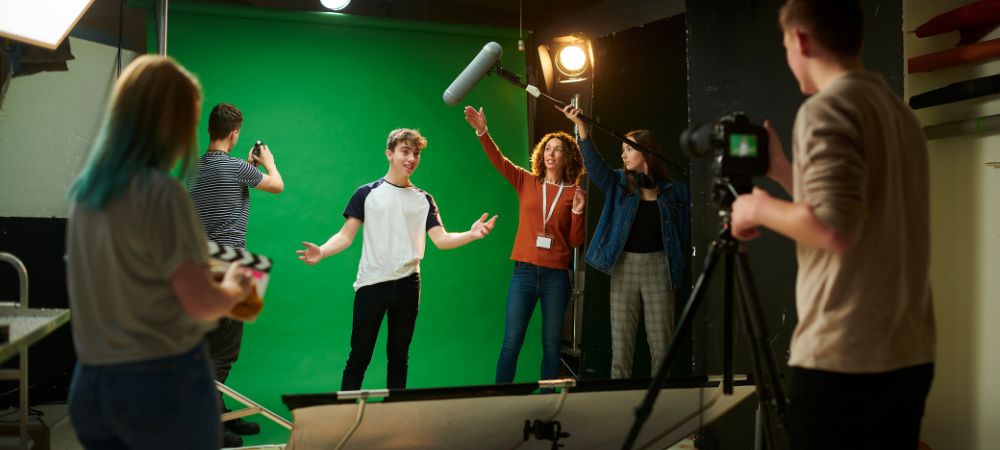
Posted by on 2024-06-28
Analyzing failed shots to improve skills is, believe it or not, one of the most crucial aspects for beginners in film photography.. It's kinda weird to think about it, but those mistakes you make are actually goldmines of learning opportunities!
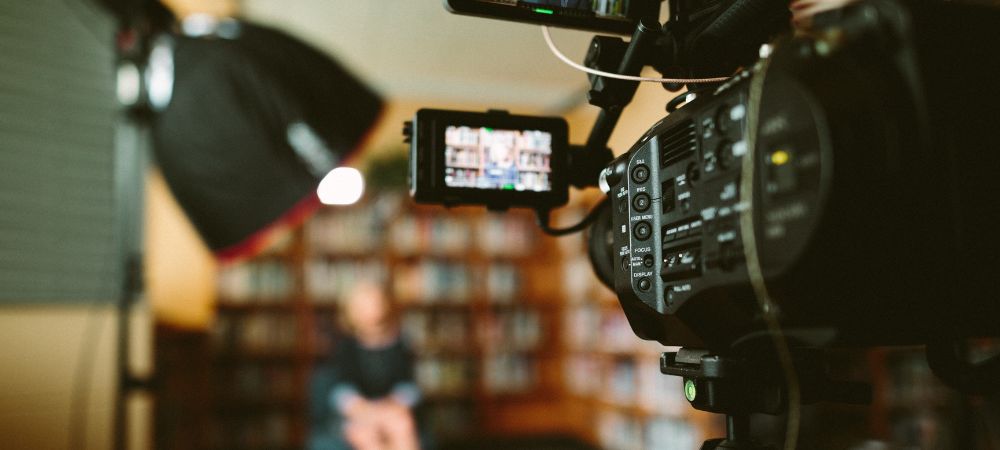
Posted by on 2024-06-28
When it comes to comparing different types of film—35mm, medium format, and large format—practicality and ease of use in different settings play a huge role for photographers.. It's not just about the quality of the image; it's also about how convenient or cumbersome each type can be.
First off, 35mm film is often praised for its practicality.
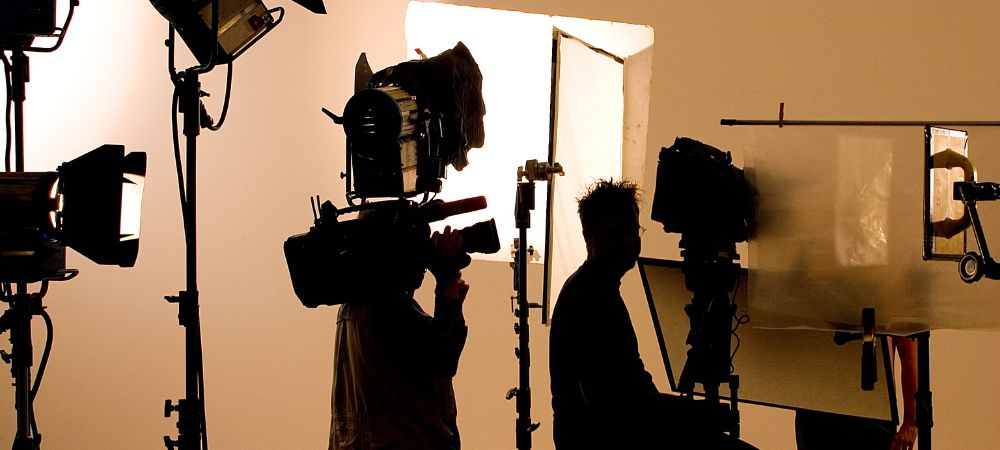
Posted by on 2024-06-28
Understanding Exposure: Aperture, Shutter Speed, and ISO for Developing Process
Photography is an art form that captures the essence of moments. And to really grasp it, one needs to understand exposure-specifically aperture, shutter speed, and ISO. Without these three elements working harmoniously, a picture won't turn out how you imagined. Let's delve into these concepts in the context of developing process.
First off, aperture. It's like the pupil of your eye-it controls how much light enters the camera lens. A wider aperture (a small f-number) lets in more light but also creates a shallow depth of field. This means your subject will be in focus while the background blurs beautifully. On the other hand, a narrower aperture (a large f-number) allows less light but increases depth of field-everything from foreground to background becomes sharper. If you don't pay attention to this setting during development, you're not gonna get the desired effect.
Then there's shutter speed which determines how long your camera's sensor is exposed to light. A faster shutter speed freezes motion-perfect for action shots or capturing moving subjects without blur. However, if you go with slower speeds, you can introduce motion blur intentionally; think about those dreamy waterfall photos where water appears silky smooth! But beware! Using a slow shutter speed without stabilization can ruin an image with unintended blur.
ISO measures your camera's sensitivity to light-lower values mean less sensitivity and finer grain; higher values increase sensitivity but also noise in your images. In low-light conditions when you can't adjust aperture or shutter speed anymore without compromising quality or introducing shake, increasing ISO might be your only option left.
Now let's talk about their interplay in the developing process! When you're post-processing an image on software like Lightroom or Photoshop, tweaking one element often necessitates adjusting others too for balance sake . For instance , raising brightness artificially may bring out noise especially if shot at high ISO . Similarly , deepening shadows could make details disappear if they weren't captured well initially due lack appropriate exposure settings .
The trick lies balancing them effectively right from shooting stage itself so editing phase doesn't become tedious nightmare later on ! You wouldn't want fix everything after-the-fact because it takes away natural charm inherent scene captured originally .
In conclusion , understanding exposure involves learning nuances each component -aperture ,shutter speed & iso-and knowing impact they have individually collectively upon photograph overall . While technical aspects crucial mastering photography ultimately boils down artistic vision creativity too ! So don't be afraid experiment push boundaries bit-you never know what amazing results might come out experimentation .
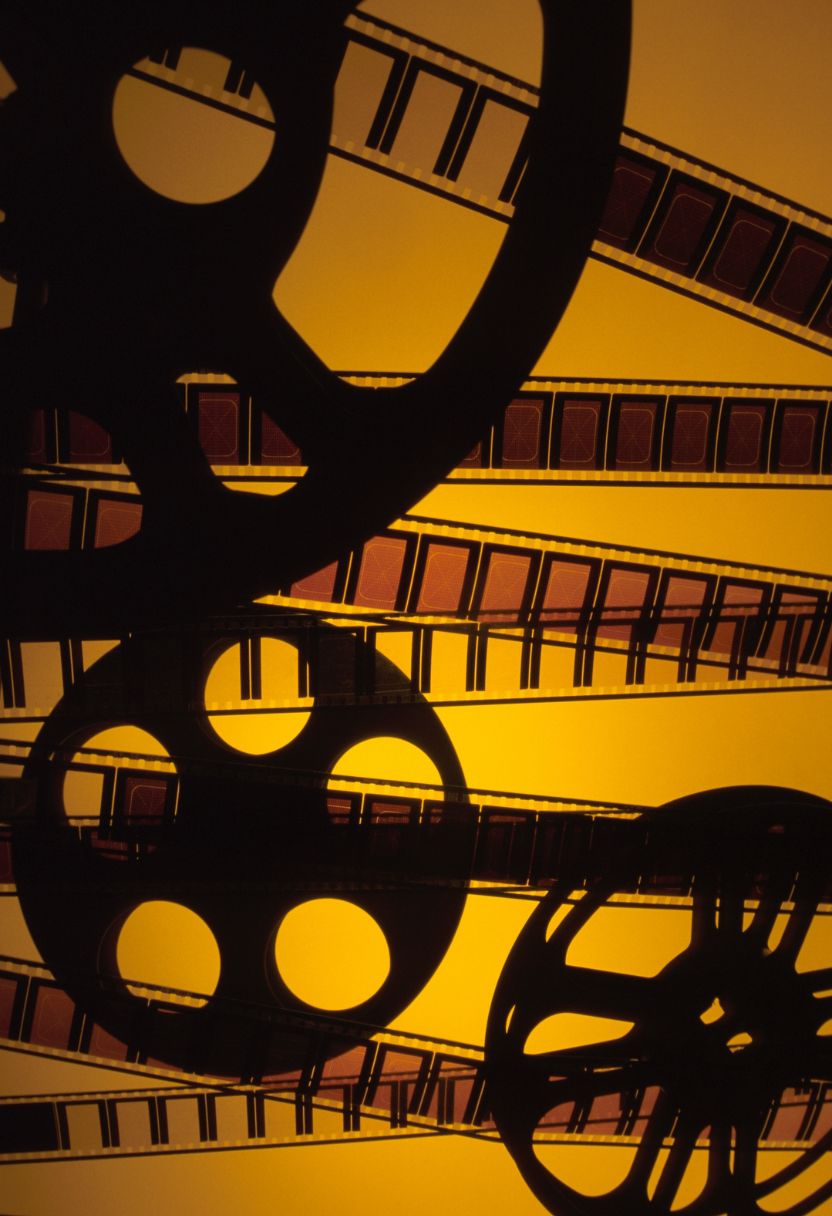
When it comes to the art of composing your shot, framing and lighting techniques are crucial in developing a compelling visual narrative. It's not just about pointing your camera and hoping for the best; it's a meticulous process that requires both creativity and technical know-how.
First off, let's talk about framing. Framing is all about where you place elements within the boundaries of your shot. You don't want everything crammed into one corner or spread out too thinly across the frame-it's gotta be balanced. Think of your frame as a canvas; every element should serve a purpose, guiding the viewer's eye towards what's important while maintaining harmony within the shot. And don't think for a second that professional photographers aren't constantly tweaking their frames-they are!
You should also consider something called "the rule of thirds." Imagine breaking down an image into nine equal parts by two equally spaced horizontal lines and two equally spaced vertical lines-yeah, it's kinda like tic-tac-toe. Placing key elements along these lines or at their intersections can make for a more engaging composition.
Now onto lighting-oh boy, this can make or break your shot! Lighting is not simply about having enough light to see what's going on; it's about creating mood, depth, and texture. Natural light is often preferred because it provides a dynamic range that's hard to replicate with artificial sources. But hey, sometimes you're shooting indoors or after dark-you've got to roll with what you've got.
Soft light diffuses shadows and gives a gentle glow to subjects, making it great for portraits or anything that needs that touch of elegance. Harsh light creates strong contrasts and can add drama but be careful-it can easily wash out details if not handled properly.
One thing folks often overlook is how lighting interacts with color in your scene. Different light temperatures (warm vs cool) can evoke different emotions and vibes from viewers. It ain't just science; it's pure magic when done right.
And let's not forget practical considerations like avoiding glare or unwanted reflections which can totally ruin an otherwise perfect setup-annoying isn't it?
In conclusion, mastering framing and lighting techniques takes time, patience, and practice-there's no shortcut around it unfortunately! Each shot presents its own unique challenges but also opportunities for creative solutions. When done right though? Oh man-the results speak for themselves!
Developing film is both an art and a science, involving chemicals, timing, and temperature control. It's not just about dunking your film into some mysterious liquid and hoping for the best. Oh no, there's much more to it than that!
First off, let's talk about the chemicals. You can't develop film without them. The main ones you'll need are developer, stop bath, and fixer. Each one has its own role in bringing those latent images on your film to life. The developer is like magic; it turns the invisible image captured by your camera into something you can actually see. But don't get too excited yet! If you leave your film in the developer for too long or not long enough, you won't get the results you're after.
Timing is absolutely crucial when developing film. Too much time in any of these chemicals can ruin what would've been a perfect shot. Imagine spending hours capturing a beautiful sunset only to end up with overdeveloped negatives because you left them in the solution for an extra minute or two! Conversely, underdevelopment will leave you with faint images that lack contrast and detail. There's no room for guesswork here; you've got to follow the guidelines precisely.
Temperature control isn't something you can ignore either! Most developers work best at around 68°F (20°C). If it's too hot or too cold, chemical reactions speed up or slow down unpredictably, leading to inconsistent results. Imagine trying to bake a cake without keeping track of oven temperature-yeah, it's kinda like that! So make sure you're using a thermometer unless you're some kind of photographic wizard who can sense temperatures with their fingertips.
Let's not forget agitation-yep, shaking things up is part of the process too! Agitation ensures that fresh chemicals come into contact with your film continuously during development. Without proper agitation techniques? Well...you'd end up with unevenly developed photos which nobody wants.
But hey-not everything needs to be perfect from day one! Developing film takes practice and patience-no one's expecting a masterpiece right away (unless maybe they should?). Mistakes are part of learning this intricate craft.
In summary: developing black-and-white film involves carefully measured doses of specific chemicals applied at precise intervals under controlled temperatures-and yes-a bit of shaking now and then doesn't hurt either! It might seem daunting initially but stick with it-you'll soon find yourself producing stunning photographs straight outta your darkroom-or bathroom-turned-darkroom if space permits!
So don't let yourself be discouraged by early mishaps; embrace them as steps toward mastering this classic photographic technique that'll give digital photographers serious FOMO (Fear Of Missing Out)!
Scanning and digitizing negatives is an essential part of the developing process, especially for those who cherish their old photos or want to preserve family memories. It's not a task you can just rush through without paying attention to details. Sure, it might seem daunting at first, but once you get the hang of it, you'll see it's not that bad.
First things first, let's talk about why you'd even want to scan and digitize your negatives. Negatives are fragile; they can get scratched or degrade over time. By converting them into digital format, you're ensuring that your precious moments are kept safe for years to come. Plus, it's way easier to share digital photos with friends and family than passing around delicate strips of film.
Now, getting started isn't too complicated. You don't need a ton of expensive equipment either-just a good scanner that's capable of handling negatives. Flatbed scanners with transparency adapters work well for this purpose, though there are dedicated film scanners out there if you're feeling fancy.
Before you start scanning away, make sure your negatives are clean! Dust and fingerprints can ruin the whole process. I can't stress this enough: take some time to gently clean each negative before placing it in the scanner. Not doing so will lead to images full of unwanted spots and marks-trust me on this one!
Once you've got everything cleaned up and ready to go, place your negative in the scanner according to its instructions. Use high resolution settings because you don't wanna lose any detail from those tiny little frames. A resolution of 2400 dpi or higher should do just fine for most purposes.
After scanning each negative, you'll likely need some basic editing-cropping out borders, adjusting brightness and contrast levels-that sort of thing. There's no need for advanced photo-editing skills here; simple tweaks usually suffice unless you're aiming for professional-quality results.
Oh, don't forget file formats! JPEGs are great for general use because they're widely supported and compress pretty well without losing too much quality. But if you're really serious about archiving these images long-term or planning extensive edits later on down the line? Consider saving them as TIFF files-they're larger but there's no compression loss.
Lastly – storage! Once everything's scanned and edited how ya like it? Back 'em up! Cloud storage services offer convenient options these days but having physical backups on external hard drives wouldn't hurt either.
In short (or maybe not so short), scanning and digitizing negatives ain't rocket science but demands patience and care nonetheless-it's worth every bit when those old memories come back alive in pristine form onscreen! So roll up those sleeves folks-it's time travel via pixels awaits!
Preserving Your Work: Archival Methods for Long-Term Storage
In today's fast-paced world, developing a process for preserving your work can be quite the challenge. Yet, it's essential to ensure that future generations get to see and appreciate what you've created. Whether it's art, writing, or digital projects, having a solid archival strategy ain't just smart-it's crucial.
First off, let's talk about physical preservation. If you're dealing with tangible items like paintings or handwritten manuscripts, you can't just leave 'em lying around. They need special care! Acid-free paper and storage boxes are a must. These materials prevent yellowing and deterioration over time. It's also wise to keep such items in a climate-controlled environment because fluctuating temperatures and humidity levels can wreak havoc on delicate paper and fabric.
Now, when it comes to digital works, the situation gets even trickier. Hard drives fail more often than we'd like to admit. So merely saving files on your computer ain't enough. That's where backups come into play. And no, one backup isn't sufficient either! You should have at least three copies of everything important: one on your computer, one on an external hard drive stored in a safe place (like a fireproof safe), and another in the cloud.
Speaking of the cloud-using online storage services is both convenient and secure if done right. But don't forget-security matters! Make sure you use strong passwords and enable two-factor authentication wherever possible.
Metadata is another critical aspect of preserving digital work that people often overlook. Metadata provides context; it tells future viewers who created the work, when it was made, and any other pertinent details they might need to understand its significance fully.
But hey-not all methods work for everyone! Tailoring your approach based on what you're trying to preserve is key here. For example, photographs may require different handling compared to text documents or audio recordings.
It's easy to think "I'll get around to it someday," but procrastination doesn't serve anyone well in this case (or any other). The sooner you develop robust archival methods for long-term storage of your work-the better off you'll be down the road.
There's no denying that technology changes rapidly-it feels like just yesterday we were using floppy disks! Staying updated with current best practices in archiving will help ensure that whatever method you choose remains effective over time.
So there ya go-a little effort now can save tons of headaches later on down the line. Don't wait until it's too late; start thinking about how best to preserve your valuable creations today!
In conclusion-and yes-I know conclusions can feel redundant sometimes-but seriously folks: taking steps now towards proper archiving ensures not only longevity but also peace of mind knowing that what you have worked so hard on won't be lost forever due some unforeseen mishap or technological failure.